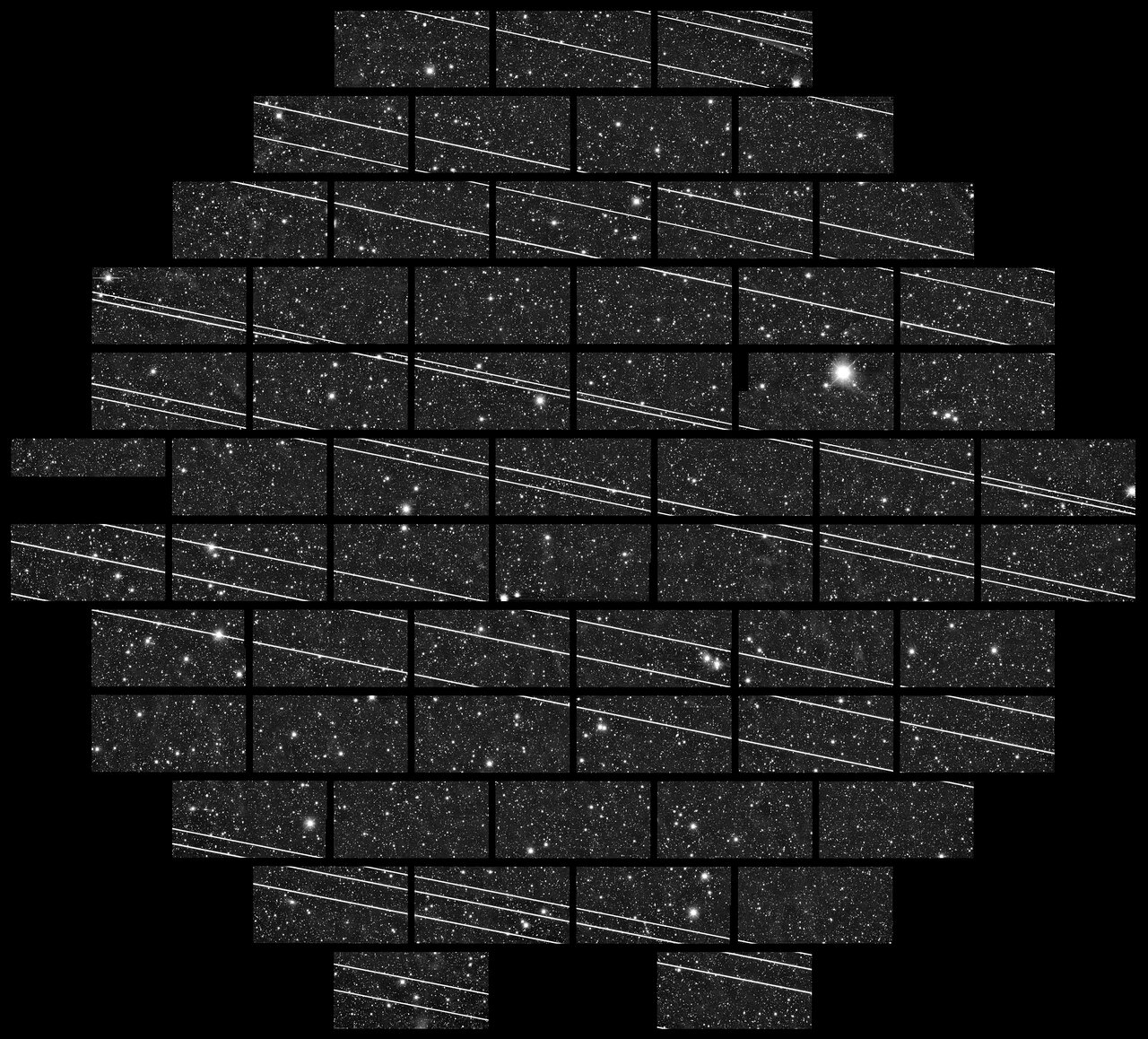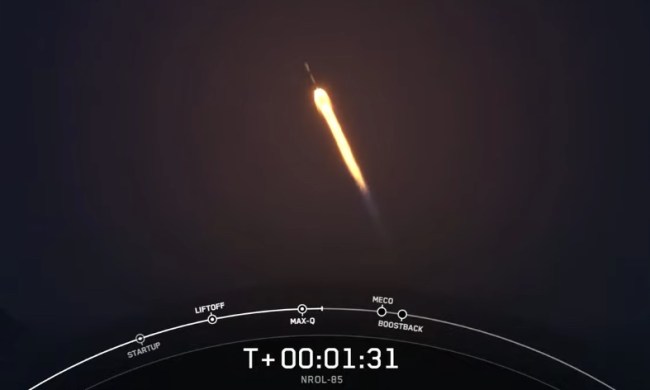SpaceX will launch its next batch of 60 satellites on Monday as part of its Starlink program, which aims to build a low-cost, global satellite-based broadband network. The satellites will be launched on a Falcon 9 from Space Launch Complex 40 at Cape Canaveral Air Force Station in Florida.
The launch was originally scheduled for Sunday, February 16, at 7:35 a.m. PT, but it was delayed due to an issue with a second stage valve component. SpaceX chose to delay the launch to check on the component, and reschedule for tomorrow. It is expected for the launch to go ahead 24 hours after the originally planned time.
Standing down from tomorrow’s Starlink launch; team is taking a closer look at a second stage valve component. Now targeting Monday, February 17.
— SpaceX (@SpaceX) February 15, 2020
Watch the launch live
If you’d like to see the launch as it happens, you’ll be able to tune into a livestream via SpaceX’s webcast. The webcast is scheduled to begin around 15 minutes before the launch, so it should be available from around 7:10 a.m. PT on Monday, February 17.
Why Starlink is controversial among astronomers
Not everyone is delighted by the prospect of another Starlink launch — not even if it eventually provides internet access to under-served areas. Astronomers have been expressing concern about the impact of satellite launches on astronomical observations since the first Starlink launch.
Starlink satellites are of a type called a constellation, in which multiple satellites are launched together to form a network. These types of launches are particularly problematic for astronomers are they leave multiple trails of bright light across the sky during launch, disrupting observations.

This week, the International Astronomical Union (IAU) put out a report expressing concern over “the negative impact that the planned mega-constellations of communication satellites may have on astronomical observations and on the pristine appearance of the night sky when observed from a dark region.”
In response to concerns, SpaceX has announced it will be testing a special coating for its satellites which makes them less shiny. This should reduce the impact they have on observations during the days after the launch.
But even if the coating is successful in reducing reflectivity, the IAU says the satellites could still cause problems: “The appearance of the pristine night sky, particularly when observed from dark sites, will nevertheless be altered, because the new satellites could be significantly brighter than existing orbiting man-made objects.”



